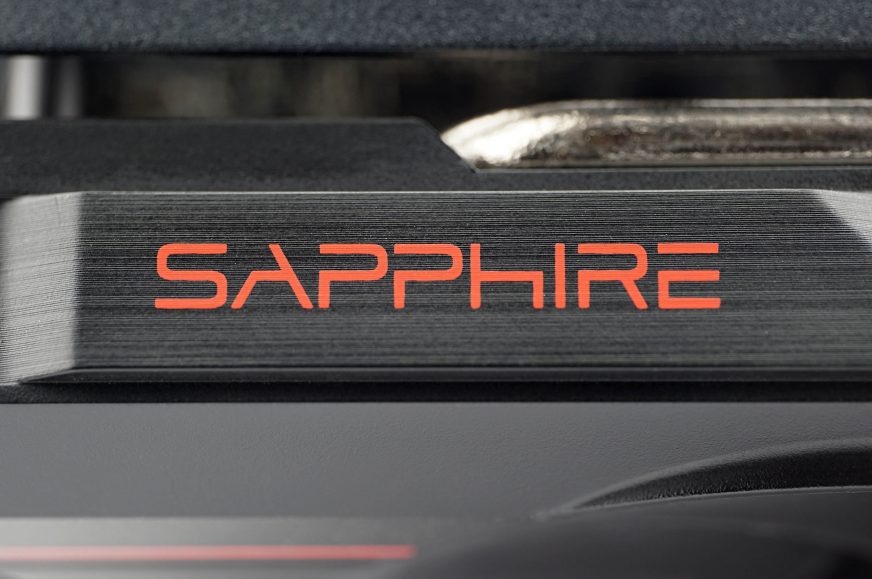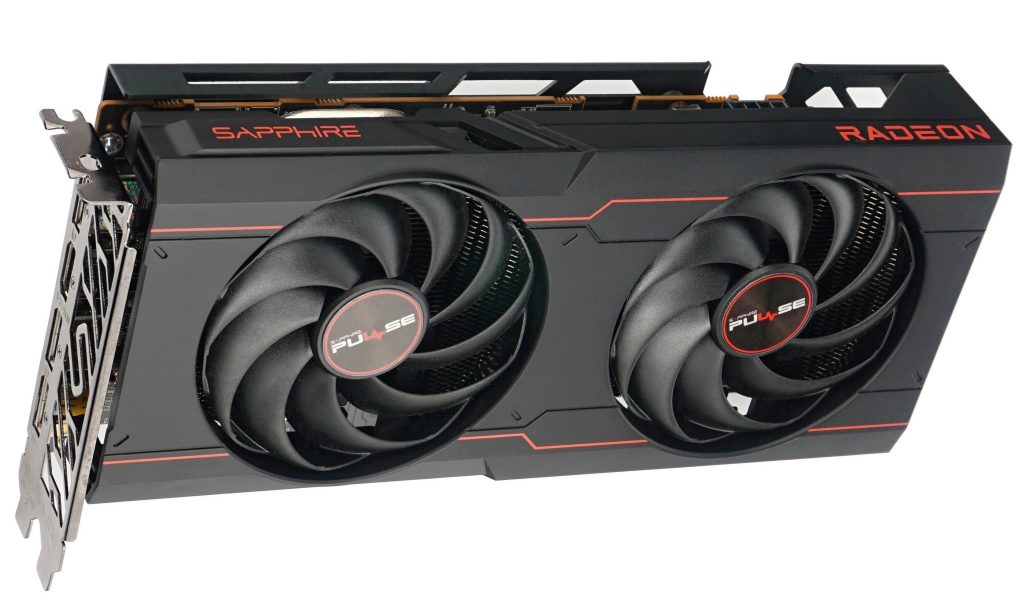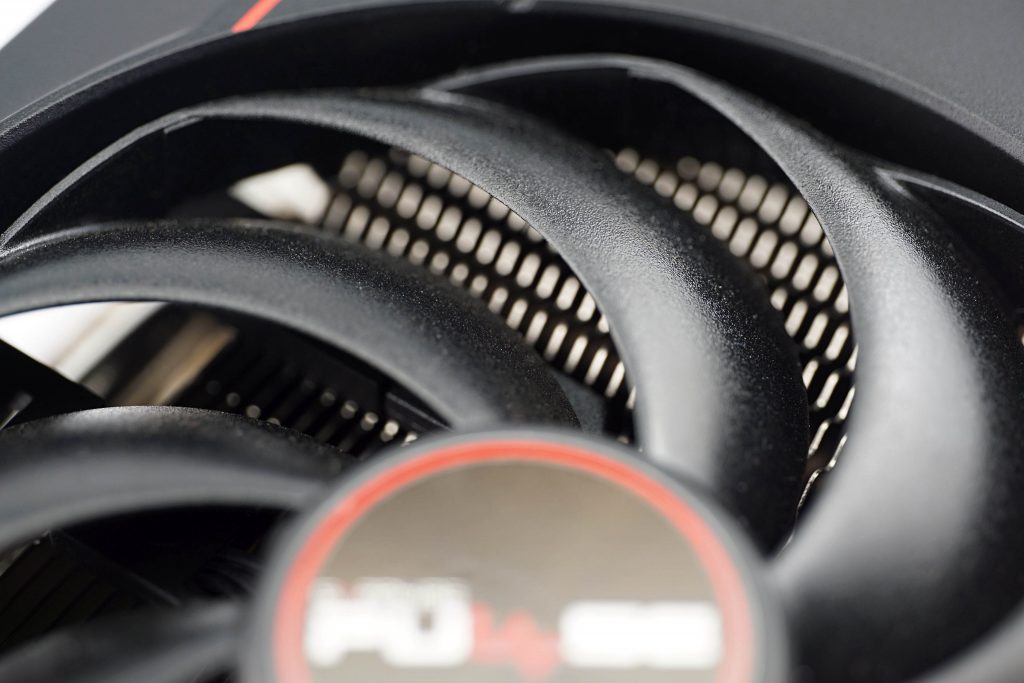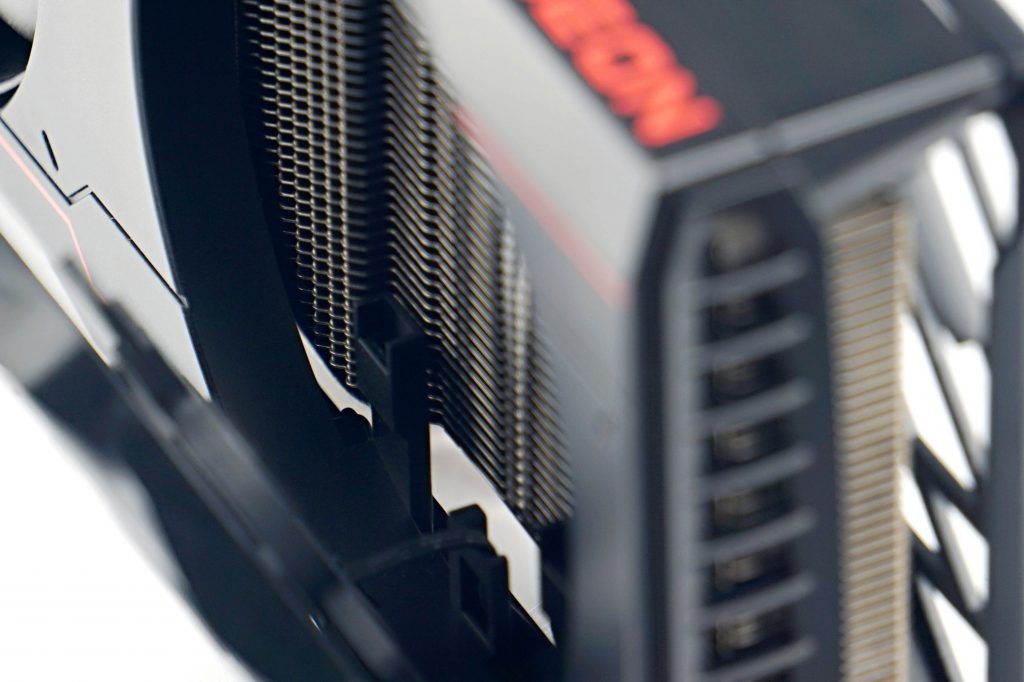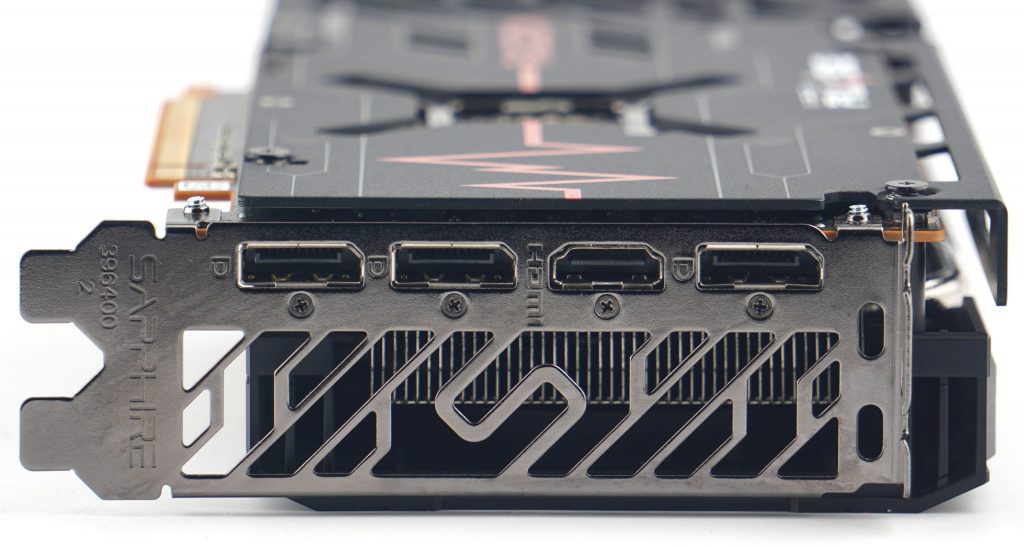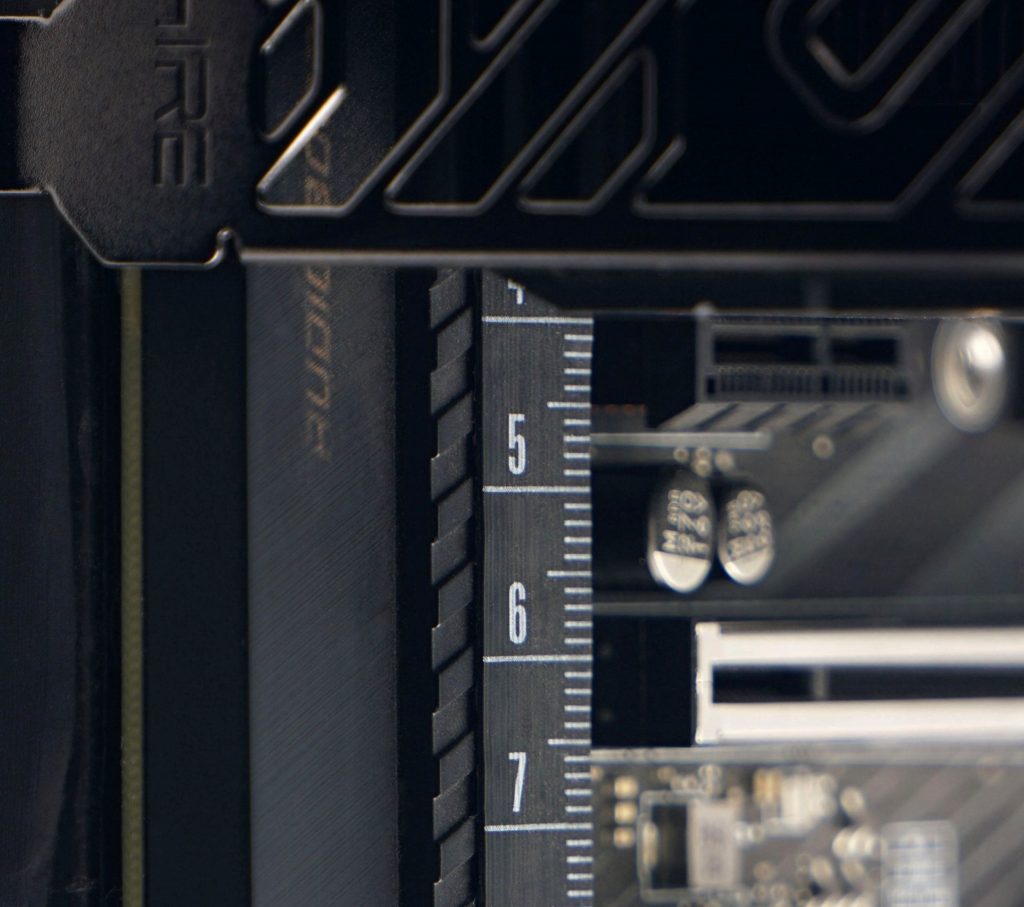Sapphire RX 6600 XT Pulse in detail
Radeons RX 6600 XT are the most powerful graphics cards with the small AMD Navi 23 core. The Navi 22 in the RX 6700 XT is naturally better, but it still humbles the GeForce RTX 3060 with ease. However, in making this bold claim, it should be clarified that this dominance only works perfectly under certain circumstances – at lower resolutions without ray-tracing. This graphics card, in short, begs for high-speed monitor gamers with FHD resolutions.
After Nvidia and the GeForce RTX 3060, now AMD has modern, more power-efficient graphics cards as well – the RX 6600 and the RX 6600 XT. In this test, we’ll focus on the more powerful RX 6600 XT, which is expected to deliver lower performance than the RX 6700 XT, but also significantly lower power consumption. While the RX 6700 XT has a TDP of 230W, the RX 6600 XT’s TDP is 160W, or 170W in the case of the variant tested. But the TDP is otherwise the same as that of the RTX 3060. A comparison with this card also makes the most sense because of the price similarity.
The RX 6600 XT is built on the Navi 23 graphics core, which at 237mm2 is still 14% smaller than the GA106 GPU in the RTX 3060. Compared to the RX 6700 XT (and Navi 22), there’s the disadvantage of a narrower memory bus, half the Infinity Cache, and finally, the RX 6600 XT also has 4GB less video memory (8GB), at least it’s still GDDR6.
Sapphire RX 6600 XT Pulse details
We got the sample for testing from Sapphire Pulse. This design has been popular among users for a long time. Usually these are the cheapest cards with a given GPU, but they are definitely not the worst ones. But it’s true that quite a lot has changed between generations. Sapphire seems to have come to the conclusion a long time ago that some of the premium features on the cheapest cards don’t pay off very well. A lightweight “BE” (Basic Edition) variant of the Pulse has already been released with the RX 5700 XT. The RX 6600 XT Pusle doesn’t have such an attribute, but still the card’s design is devoid of some things that we were used to seeing on older Sapphire Pulse graphics.
The backplate here remained proper, made of metal and with a vent in the back. But this RX 6600 XT no longer has a dual BIOS, for example, and the heatsink only has two heatpipes. This is how Sapphire chopped down (from three to two heatpipes) the BE cooler of the RX 5700 XT as well. But here its implementation seems to be on a better level. Admittedly there are only two heatpipes, but with a more even disposition in the heatsink. The RX 6600 XT also has a lower TDP (than the RX 5700 XT), so a weaker heatsink doesn’t automatically mean noisier operation.
To achieve higher static pressure, the fans have a kind of collar. All the ends of the blades are recessed into it so that there is no gap at the edge of the blades. There are two fans, they are 90 mm in diameter, 10 mm deep and have ball bearings. In this regard, the cooler does not differ from the previous generation of Pulse graphics cards.
The fan connections are also a bit disconcerting to look at. The rotors are no longer connected via a connector in the frame, but traditionally via a cable. This eliminates quick and convenient user replacement in case of failure. We won’t lynch Sapphire for this though, as it has always been an added value that other manufacturers don’t offer.
The port configuration combines three DisplayPort 1.4a connectors with one HDMI 2.1 connector. The cover of the outputs is open on a large area, or its lower part is only symbolically connected by partitions to keep it tightly together. For better cooling efficiency, Sapphire goes down such paths as well.
It is not a significant overlap, but in some cases that have the interior vertically divided into two chambers, even such a small protrusion can cause incompatibility. It should also be taken into account that this is not a purebred dual-slot card and the heatsink cover of the second slot protrudes by 2.5 mm, and the total thickness of the graphics card (including the backplate) is 44 mm.
The article continues in further chapters.
- Contents
- Sapphire RX 6600 XT Pulse in detail
- Specifications table
- Methodology: performance tests
- Methodology: how we measure power draw
- Methodology: noise and sound measurement
- Methodology: temperature tests
- Test rig
- 3DMark
- Age of Empires II: DE
- Assassin’s Creed: Valhalla
- Battlefield V
- Battlefield V s DXR
- Borderlands 3
- Control
- Control with DXR
- Counter-Strike: GO
- Cyberpunk 2077
- Cyberpunk 2077 with FidelityFX CAS
- Cyberpunk 2077 with DXR
- DOOM Eternal
- F1 2020
- FIFA 21
- Forza Horizon 4
- Mafia: DE
- Metro Exodus
- Metro Exodus with DXR
- Microsoft Flight Simulator
- Red Dead Redemption 2 (Vulkan)
- Red Dead Redemption 2 (Dx12)
- Shadow of the Tomb Raider
- Shadow of the Tomb Raider s DXR
- Total War Saga: Troy
- Wasteland 3
- Overall game performance and performance per euro
- CompuBench (OpenCL)
- SPECviewperf 2020 and SPECworkstation 3
- FLOPS, IOPS and memory speed tests
- 3D rendering 1/2 (LuxMark and Blender@Cycles)
- 3D rendering 2/2 (Blender@Radeon ProRender a Eevee)
- Photo editing (Adobe Photoshop, Lightroom and Affinity Photo)
- Broadcasting (OBS a Xsplit)
- Password cracking
- GPU clock speed
- GPU temperatures
- Net graphics power draw and performance per watt
- Analysis of 12 V subcircuit power supply (higher load)
- Analysis of 12 V subcircuit power supply (lower load)
- Analysis of 3.3 V subcircuit power supply
- Noise level
- Frequency response of sound
- Conclusion





